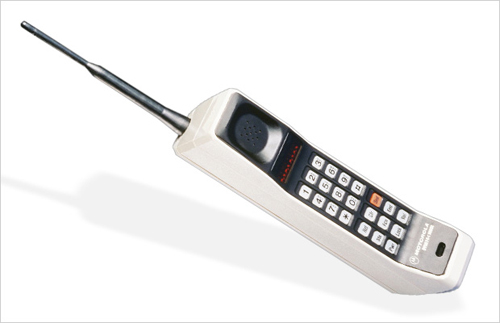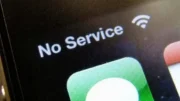We talk all the time about 4G and 5G. At this particular moment in time, 4G is the “old thing” and 5G is the “new thing.” I’m guessing that in a few years we’ll be quick to shed 5G, but that’s how this stuff works. To me, it doesn’t seem so long ago that people talked about 3G as “speedy” and “mandatory.” Now 3G is so outdated that no one much uses it anymore.
The tale of the generations
These cellular standards may be full of confusing technical jargon, but it boils down to, “G” stands for “generation. These days if you’re not getting 4G service, you’re barely on the internet. And, if you’re getting 5G service, you’re blazing fast Some folks may remember “2G” service although it was rarely called that at the time. It was actually the first generation of mobile internet. Before that, you know, we used our phones to make calls (how quaint.)
What 1G actually was
But we’ve all but forgotten about what we now refer to as “1G.” We didn’t call it that then, in fact most people just called it “cell phone service.” Its official term was “Advanced Mobile Phone Service” or AMPS. It’s the cellular network that connected big brick phones like the one at the top of this article. It was quite a technological marvel in the 1980s, which is why they called it “Advanced.”
AMPS was a totally analog technology that required a lot of transmit power from the phones, and was far more prone to static and lost calls than today’s phones. Being analog, it also got “clogged up” more since the analog signals took up more bandwidth than today’s digital voice calls. Still, it beat the previous system, which was intended mostly for marine operations and relied on a radio operator at a home base to patch radio transmissions into the telephone system. AMPS was the first system to properly called “telephony” because it allowed the user to make and take calls without an operator in a fixed location acting as a relay.
The end of 1G
As cell phones dropped in price and increased in popularity in the 1990s, it became obvious that we needed a new standard. New phones would have to combine digital transmissions and low power usage. This would allow phones to get smaller and lighter and back in the days of voice-only calls, it wasn’t uncommon to go 5 days without a charge. New digital standards like GSM, TDMA and CDMA rolled out as “2G” technologies. Of course we didn’t call it “2G” at that time. That term came later. Those voice standards are still in use (in a modified form) today. Although, for some reason we now call them “3G” because we associate that generation of voice with 3G data.
Leaving behind the generations
AMPS no longer functions in the US, and is the only standard that current cell phones don’t support. As of 2008, carriers no longer have to support it. And, they don’t. Since then, carriers have removed all analog equipment and replaced it with digital equipment. This brings with it advanced data services which is what we all want from our phones today. It’s fair to say no one misses AMPS very much, except perhaps the people who invented it.
3G is on its way out. Every major carrier is in the middle of a phaseout that should finish in mid-2022. Included in that is 2G voice, which for some reason we now call 3G voice. When the phaseout is complete, only LTE (an advanced form of 4G) and 5G will remain. Clearing out the cellular capacity used for the older tech gives more space for the tech people want. That is, until we decide as a company that LTE has had its day and we phase that out too.
If you’re looking for accessories for your phone or a cellular booster to help you get the best speed from your downloads, shop the great selection at Solid Signal!





